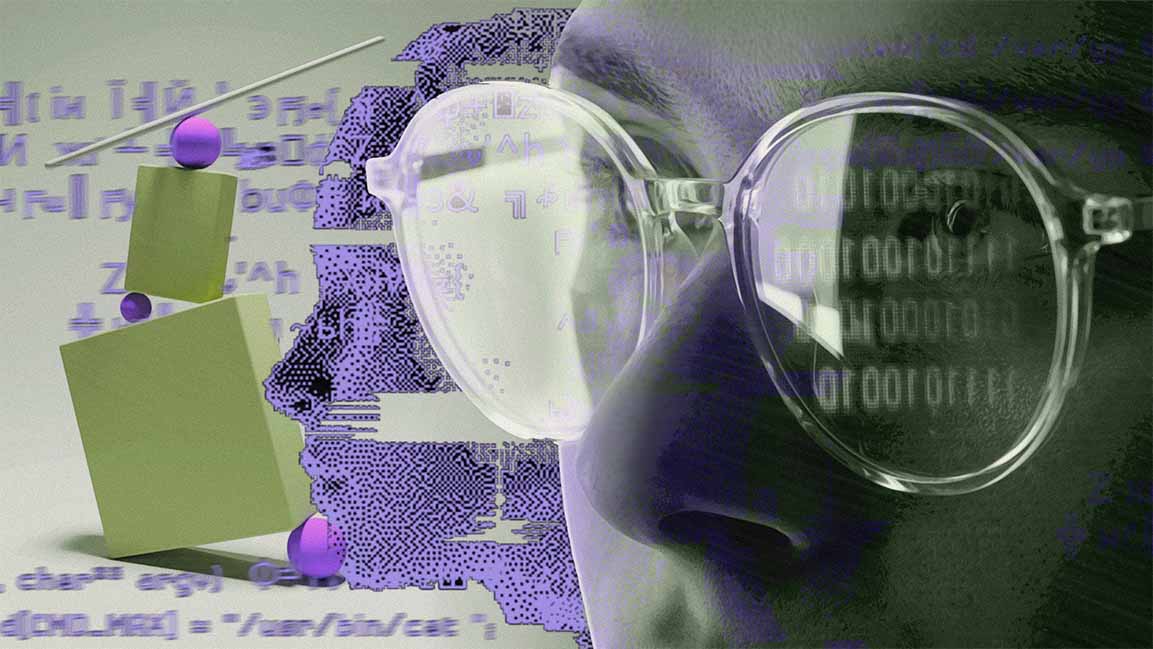- | 12:00 pm
Artificially inequitable: Is improving gender bias in AI a tough balancing act?
Disclosing diversity data can highlight areas for improvement and increase awareness of the problem of underrepresentation, says Melda Akin

When used correctly, AI has the power to address some of the biggest problems facing humanity. Now, Generative AI is everywhere, fueling its rise in popularity.
However, like with most technological advancements, it’s easy to get caught up in all the excitement and momentum and often forget it can threaten diversity, equality, and inclusion.
For example, one of the major issues with AI currently is that while the language model can’t inherently possess personal beliefs, its responses may produce biased answers because its training data contains biases. However subtle they may be.
“AI learns and acts based on what people code and how people train it. A lack of diversity among the software/AI developers decreases the systems’ effectiveness, accuracy, and intelligence because it creates a bias,” says Melda Akin, Founder & Managing Director at D14 AI.
With AI, there is currently a significant gender imbalance, and it will take around 108 years to achieve global gender parity, according to a World Economic Forum estimate. The situation is critical.
THE NEED FOR DIVERSITY IN AI
As a result of the frequent use of data that may have gender biases in it during training, AI systems have the potential to reinforce gender inequity. However, these prejudices can be addressed if more women in the field of AI can help guarantee that the algorithms are impartial and fair.
In the coming years, the AI sector is anticipated to contribute considerably to economic growth, and it’s imperative to support economic growth and gender equality by ensuring women have equal opportunities to work in this sector.
According to Akin, it is perhaps crucial to have a broad group of individuals willing to challenge the output and ask – “Is this correct? Can it be seen or understood differently from another perspective? How can it get more homogenous to work better and provide better results for wider communities?”
Ultimately, “To increase the number of women in technology, we need to increase the visibility of opportunities and chances for women to succeed in the sector.”
According to her, having fewer women in STEM is not just a regional issue. “There is a lack of women in technology on a global scale; women achieve only 18% of computer science degrees globally,” she says.
The presence of more women in the field of AI can act as role models for females in the future, inspiring them to seek professions in STEM fields.
How can the gender pay gap in STEM fields be reduced?
“Creating awareness and education is important in increasing the number of women in technology. This can be done through organizing programs for young females where mentorship and career pathways are discussed in greater depth,” she adds.
To promote women in technology and broaden the sector’s diversity, particularly in the Middle East and Turkey, Akin also established Sirius Labs, an AI-driven platform for training and mentoring. “We hope to address the underrepresentation of women in tech roles and utilize technology to teach technology to create a more inclusive future.”
DISCLOSE DIVERSE DATA
According to Akin, companies are held accountable for their recruiting practices and can be held liable for any gaps in representation by publicly disclosing diversity data.
Also, disclosing diverse data can highlight areas for improvement and increase awareness of the problem of underrepresentation. It can also be used as a reference point to monitor development over time and assess the company’s diversity concerning industry standards.
According to McKinsey’s Diversity Matters research, an organization may suffer greater harm from a lack of representation than is generally thought. Businesses with high racial and cultural diversity had a 33% higher chance of outperforming their rivals.
With AI set to contribute $15.7 trillion to the global economy by 2030, Akin says. “And as AI continues to grow and become more mainstream, it is vital that more people, despite gender, are included and cooperate to ensure the tech sector and tech innovations are continuing to impact our population positively.”
However, improving women’s tech participation requires more than disclosing diversity data. Additionally, businesses need to act to resolve any inequalities and try to make the workplace more inclusive. This can entail putting diversity and inclusion programs in place, providing networking and mentorship opportunities, offering training and development opportunities, and addressing any prejudices in hiring or promotion procedures.
“It is important to empower and support female entrepreneurs as well,” says Akin. “While historically, investment in female-led businesses hasn’t always kept pace, things are constantly improving. Today’s entrepreneurial landscape in Dubai and the wider Middle East is exciting and welcoming. Many barriers and difficulties as a female entrepreneur are often overlooked – including investment opportunities.”
“However, as an entrepreneur, your ideas, dedication, and drive should outweigh your gender. I primarily engage with investors who have had successful entrepreneurship journeys or know the meaning of challenge and failure well and can help me grow and be better, regardless of gender,” Akin adds.








































